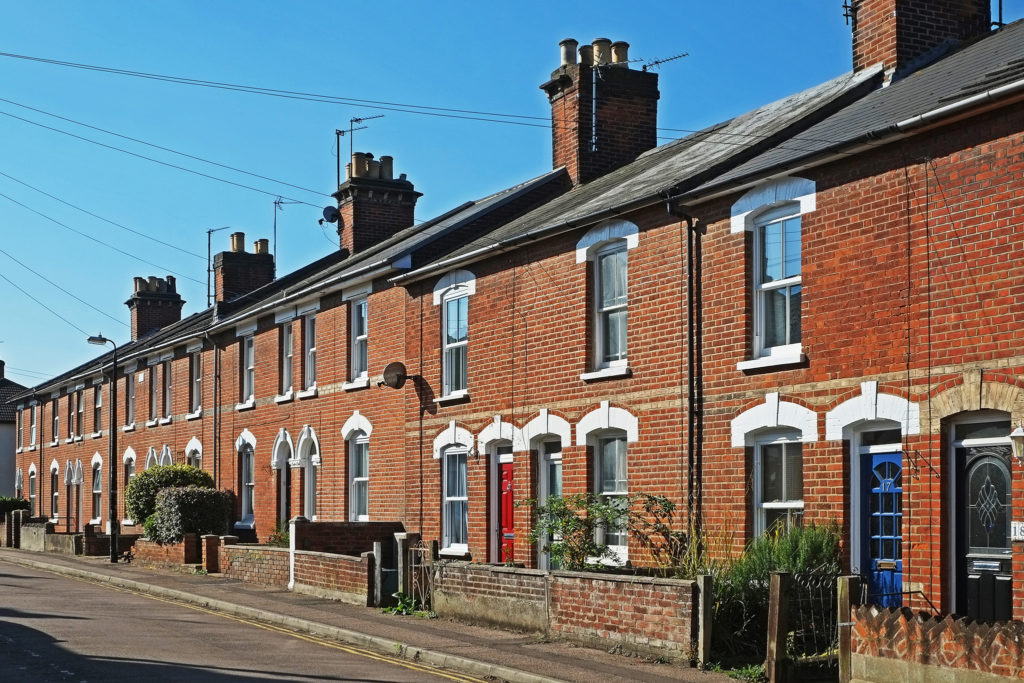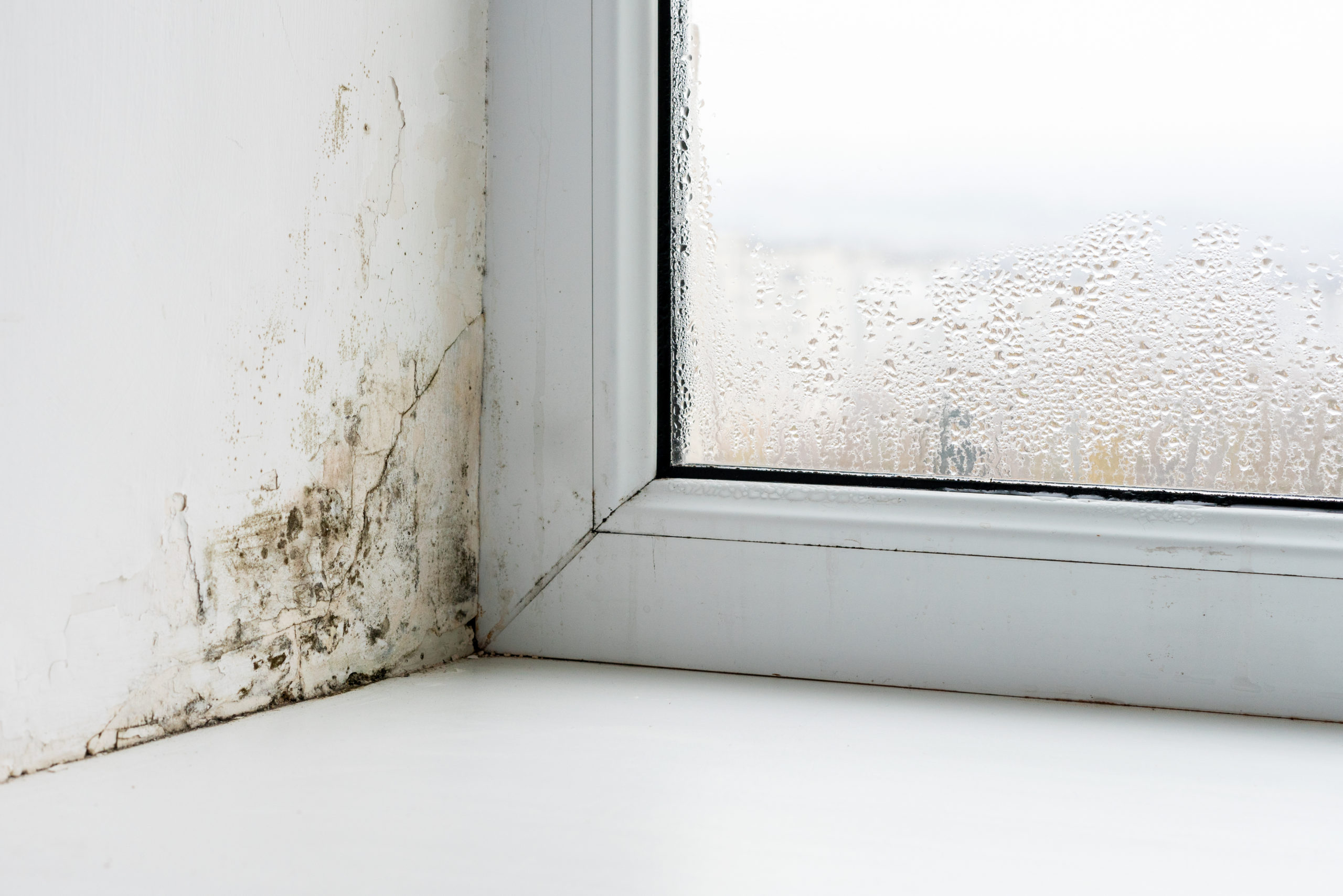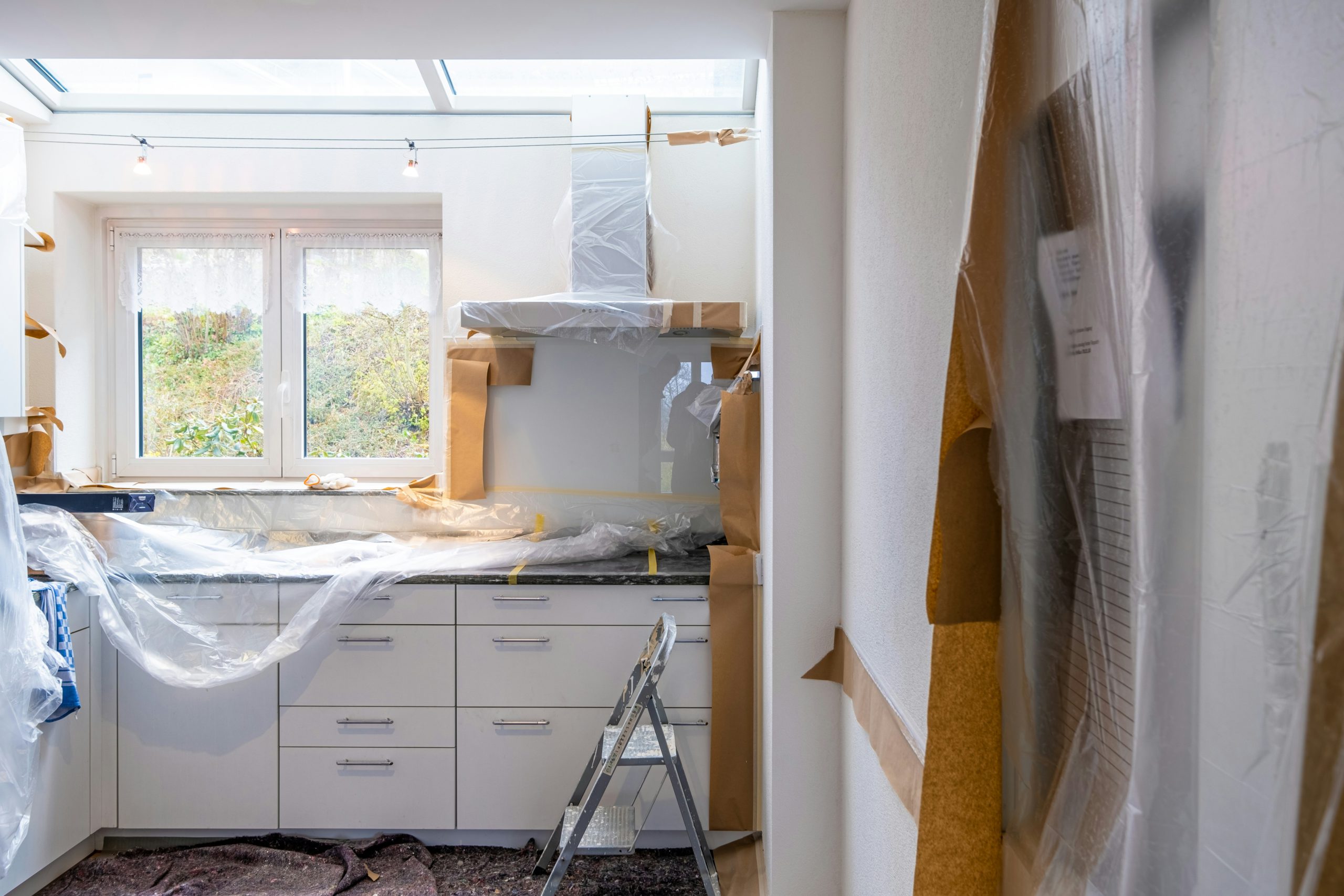Insulating your home is one of the best ways to save energy, improve comfort, and cut down on heating costs. The two main types of insulation are spray foam insulation and traditional insulation.
It is important to know the difference between the two and what impact either one can have when it is time to sell, remortgage, or have a property surveyed.
At ASL, our RICS-qualified surveyors are increasingly asked why spray foam insulation is treated differently from traditional methods, and why it can sometimes cause concern in a valuation or home survey.

What Is Spray Foam Insulation?
Spray foam insulation is a polyurethane-based material sprayed onto surfaces such as roof timbers, loft spaces, or wall cavities, designed to prevent heat loss and improve energy efficiency. Spray foam can be effective in hard-to-reach spaces or irregularly shaped roofs, and when installed correctly, it can perform well thermally.
When sprayed, it expands to fill gaps, and then hardens into a solid insulating layer. There are two main types of spray foam insulation.
- Open-cell spray foam , which is softer and allows some air movement through it.
- Closed-cell spray foam , which is denser and forms an airtight seal.
While it can improve energey efficiency, spray foam insulation is a permanent modification to a property’s structure. Any permanent modification to a property can often be a cause for concern for surveyors.
How Spray Foam Differs from Traditional Insulation
Traditional insulation, such as mineral wool, fibreglass, or rigid insulation boards, sits between ceiling joists or wall cavities. It’s easy to remove, allows ventilation around the structure, and leaves the roof or wall framework visible for inspection.
Spray foam, on the other hand, is applied directly to the underside of roof tiles or timbers. Once in place, it changes how the building behaves, particularly its ventilation, moisture balance, and ability to be inspected.
Traditional materials allow surveyors to see the roof structure clearly and check for leaks, damp, or rot. Spray foam conceals these elements, which means defects can go unnoticed until they become serious.
Aspect | Traditional insulation | Spray foam insulation |
Inspection | Structure remains visible for surveyors | Conceals rafters and timbers |
Ventilation | Allows airflow and moisture escape | Can trap moisture if not installed properly |
Removal | Easy and inexpensive | Difficult and costly |
Lender Approval | Widely accepted | Often requires additional checks |
Risk | Low if installed correctly | Higher, but depends on installation quality and documentation |
While spray foam can perform well thermally, it introduces long-term considerations that traditional insulation does not.
When Spray Foam Can Work
Not every spray foam installation is problematic. In certain circumstances, it can be appropriate when:
- Modern homes or conversions where the roof was designed for warm-roof insulation.
- Buildings where a comprehensive moisture and ventilation assessment has been carried out beforehand.
- Installations carried out by certified installers, following manufacturer and RICS guidelines.
- Cases where documentation and warranties are available to confirm proper installation and compliance.
If you already have spray foam insulation, having the right documentation is key. Homeowners should gather:
- The installation certificate and product specification.
- Details of the installer’s accreditation.
- A copy of the ventilation or condensation risk assessment (if completed).
- Any guarantees or warranties issued at the time of installation.
Having this evidence helps your surveyor understand exactly what’s in place and whether it poses any risk to the building or its value.
When Spray Foam Causes Problems
The most common issues arise when spray foam has been added to older roofs without assessing their condition first. According to RICS, spraying over existing defects such as leaks or damp can trap moisture, accelerating decay in roof timbers.
In some cases, homeowners have found that the only solution is complete roof replacement, which is an expensive and avoidable outcome. Lenders may even refuse mortgages because spray foam prevented a proper inspection.
That’s why at ASL, when our surveyors encounter spray foam, we treat it as a structural modification requiring full investigation. Our role is to assess not only the insulation itself but also the integrity of the structure it’s attached to.
Why Surveyors Treat Spray Foam Differently
At ASL, our surveyors follow RICS guidance when assessing any property, residential or commercial. The Royal Institution of Chartered Surveyors (RICS) highlights the key concerns surrounding spray foam insulation and why surveyors should approach differently.
1. It Alters the Building’s Original Design
Most roofs in UK homes are designed as cold roofs, with insulation on the ceiling joists and ventilation above. When spray foam is applied to the underside of roof tiles or rafters, it turns the structure into a warm roof without necessarily adding proper vapour control. This can trap moisture and lead to condensation or rot in the timbers.
2. Rotting Roof Timbers: A Critical Structural Issue ⚠️
The issue of rotting roof timbers is not just a minor repair concern, it poses a major threat to the structural integrity and longevity of the entire roof.
Spray foam can prevent roof timbers from breathing and drying out. If moisture is introduced (e.g., from a small leak or condensation), the foam seals it in, creating the perfect damp, airless environment for fungal growth leading to rot (such as dry rot or wet rot).
This process can accelerate rapidly and remain entirely hidden by the foam, causing the main structural elements, like rafters and joists, to decay and weaken significantly. The degradation of these primary structural members can ultimately lead to roof failure, requiring extremely costly and disruptive structural repairs, which far outweigh the initial cost or potential benefit of the insulation.
Surveyors treat this risk with the utmost seriousness as the damage can compromise the building’s safety and structural stability and severely impact its marketability and financibility.
Furthermore, because of the high risk of concealed rot and the associated repair costs, the presence of spray foam can lead to lenders refusing to offer a mortgage on the property until the foam is removed and the timbers inspected.
3. It Conceals Structural Defects
Spray foam adheres directly to timbers, covering them completely. While this looks neat, it prevents surveyors from checking for leaks, rot, or insect damage. Problems can remain hidden behind the foam until extensive damage has occurred.
4. It’s Difficult to Remove
Unlike mineral wool or rigid boards, spray foam cannot be easily removed. Stripping it away often damages the roof structure or tiles, which can make repairs expensive and time-consuming.
5. It May Affect Mortgage and Valuation Outcomes
Because of these risks, many lenders and insurers are cautious about properties with spray foam insulation. Surveyors may request additional documentation, such as installation certificates, ventilation assessments, or warranties, before confirming a valuation. In some cases, poorly installed spray foam can negatively affect property value or delay mortgage approvals.
6. Condensation and Fire Risks
Closed-cell foams are highly airtight but not vapour-permeable, which means trapped moisture can cause hidden damage. Some foams also raise fire-safety concerns if not installed with appropriate protective layers or certifications.
Arrange a spray foam insulation survey with one of our surveyors today.
How ASL Approaches Spray Foam Insulation
If you’re considering spray foam insulation or already have it installed, ASL Chartered Surveyors offer spray foam insulation surveys that can provide valuable insights. Our RICS‑accredited surveyors carry out independent property assessments and condition surveys, which can help you understand the overall state of your building and any potential risks.
ASL also advises on documentation and compliance matters relevant to property sales, re-mortgages, or lending requirements. Our surveys and reports provide professional, objective information that supports you in making informed decisions about your property.
Why Spray Foam Insulation Requires a Different Approach
Spray foam insulation isn’t automatically a problem, but it should not be treated the same way as traditional insulation. It changes how your property functions, and can affect a properties value or lending outcomes.
Before installing spray foam, or if you already have it, please seek professional advice. An independent assessment from a qualified surveyor can save you from costly surprises later.
ASL’s RICS-accredited surveyors provide clear, impartial advice on all insulation types, helping homeowners make informed decisions and avoid pitfalls.
Contact ASL today to book a spray foam insulation survey or discuss your insulation concerns with one of our experts.





